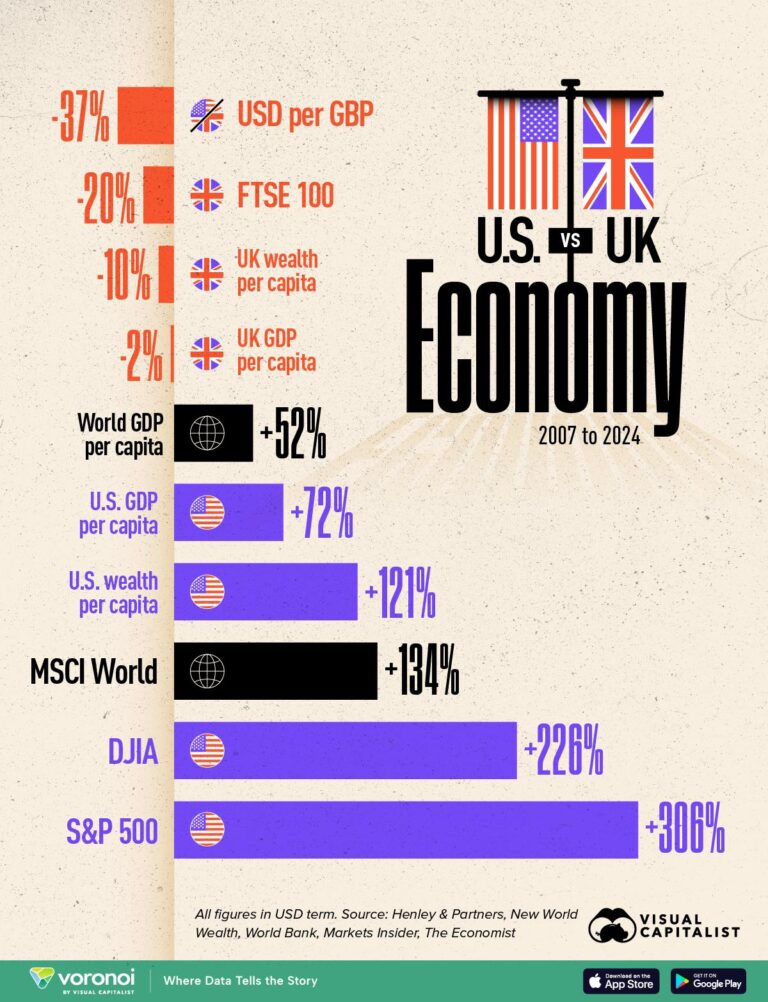The UK economy contracted once again in May, sparking fresh concerns about the nation’s economic outlook. Recent data from the Office for National Statistics revealed a decline in GDP, marking a continued sluggish performance amid ongoing challenges such as inflationary pressures and global uncertainty. Economists and policymakers are now closely monitoring the situation, weighing the implications for growth prospects and potential interventions to stabilize the economy.
UK Economy Contracts for Second Consecutive Month Signaling Persistent Challenges
The UK economy has experienced a downturn for the second month running, underscoring ongoing pressures from both domestic and international factors. Data released recently reveals that output declined in key sectors, including manufacturing and services, which traditionally drive growth. Experts attribute this contraction to a mix of slowing consumer demand, inflationary pressures, and uncertainties linked to global supply chain disruptions.
Several core challenges continue to weigh heavily on economic recovery:
- Rising energy costs impacting production expenses across industries.
- Supply chain bottlenecks delaying deliveries and increasing operational costs.
- Weakened consumer confidence, reducing spending in retail and hospitality.
- Global geopolitical tensions affecting trade dynamics and investment flows.
| Sector | May Growth Rate | Compared to April |
|---|---|---|
| Manufacturing | -0.7% | Down 0.3% |
| Services | -0.5% | Down 0.4% |
| Construction | 0.0% | Flat |
Consumer Spending and Manufacturing Output Decline Highlight Underlying Weaknesses
The latest data reveal a notable contraction in consumer spending, signaling caution among households amid rising inflation and stagnant wage growth. Retail sectors experienced significant slowdowns, with discretionary purchases dropping sharply compared to previous months. This downturn is compounded by a decline in manufacturing output, which contracted for the second consecutive month, reflecting ongoing challenges in supply chain disruptions and weaker global demand. Together, these trends underscore fundamental vulnerabilities within the UK’s economic framework as confidence fades across key industries.
Key Indicators at a Glance:
- Consumer spending fell by 1.2% month-on-month, the steepest decline since last year.
- Manufacturing output decreased by 0.9%, driven primarily by reduced orders in the automotive and electronics sectors.
- Inflation continues to outpace wage growth, pressuring household budgets and eroding purchasing power.
| Sector | Change (%) May vs. April | Impact |
|---|---|---|
| Retail Sales | -1.5 | Reduced consumer demand |
| Manufacturing Output | -0.9 | Supply chain bottlenecks |
| Automotive Production | -2.3 | Slowed export orders |
Policy Recommendations Urge Targeted Stimulus and Monetary Easing to Stabilize Growth
Economists and financial experts advocate for a pragmatic approach, emphasizing that broad-based fiscal measures may not effectively address the specific challenges currently hindering economic momentum. Instead, there is a growing consensus around deploying targeted stimulus programs aimed at sectors most affected by the slowdown, such as manufacturing, retail, and small to medium enterprises (SMEs). These stimulus efforts could include tailored grants, tax relief, and support for innovation to help businesses maintain operations and protect jobs.
Alongside fiscal incentives, many policy makers are calling for a cautious yet proactive easing of monetary policy. This strategy would potentially involve lowering interest rates further or implementing quantitative easing to increase liquidity and encourage lending. The goal is to reduce borrowing costs and stimulate investment without triggering inflationary pressures. Below is a summary of proposed measures and their intended impact:
| Measure | Target Area | Expected Outcome |
|---|---|---|
| Sector-Specific Grants | Manufacturing & Retail | Boost production and consumer spending |
| Tax Relief for SMEs | Small & Medium Enterprises | Preserve jobs and enhance liquidity |
| Interest Rate Cuts | Financial Markets | Encourage borrowing and investment |
| Quantitative Easing | Banking Sector | Increase money supply for lending |
In Summary
The continued contraction of the UK economy in May underscores mounting concerns over the country’s near-term growth prospects. As policymakers and analysts weigh the implications of slowing activity, attention will turn to upcoming economic data and government interventions aimed at stabilizing momentum. With inflationary pressures persisting and international uncertainties ongoing, the outlook for the UK economy remains cautiously fragile.




